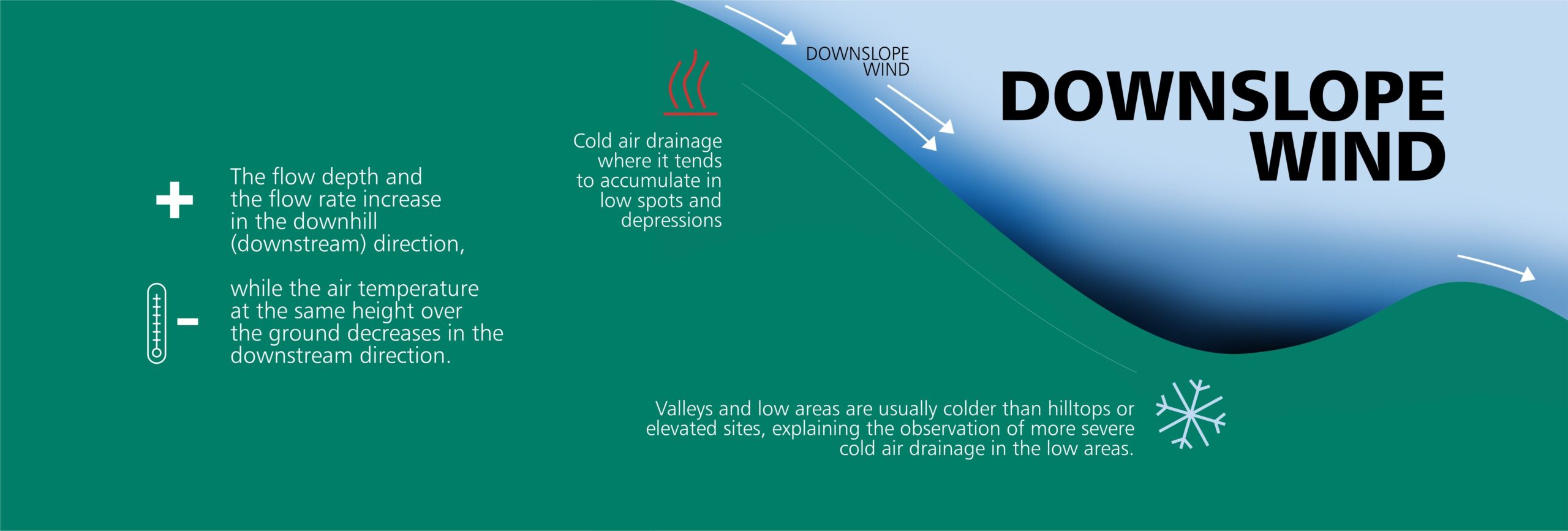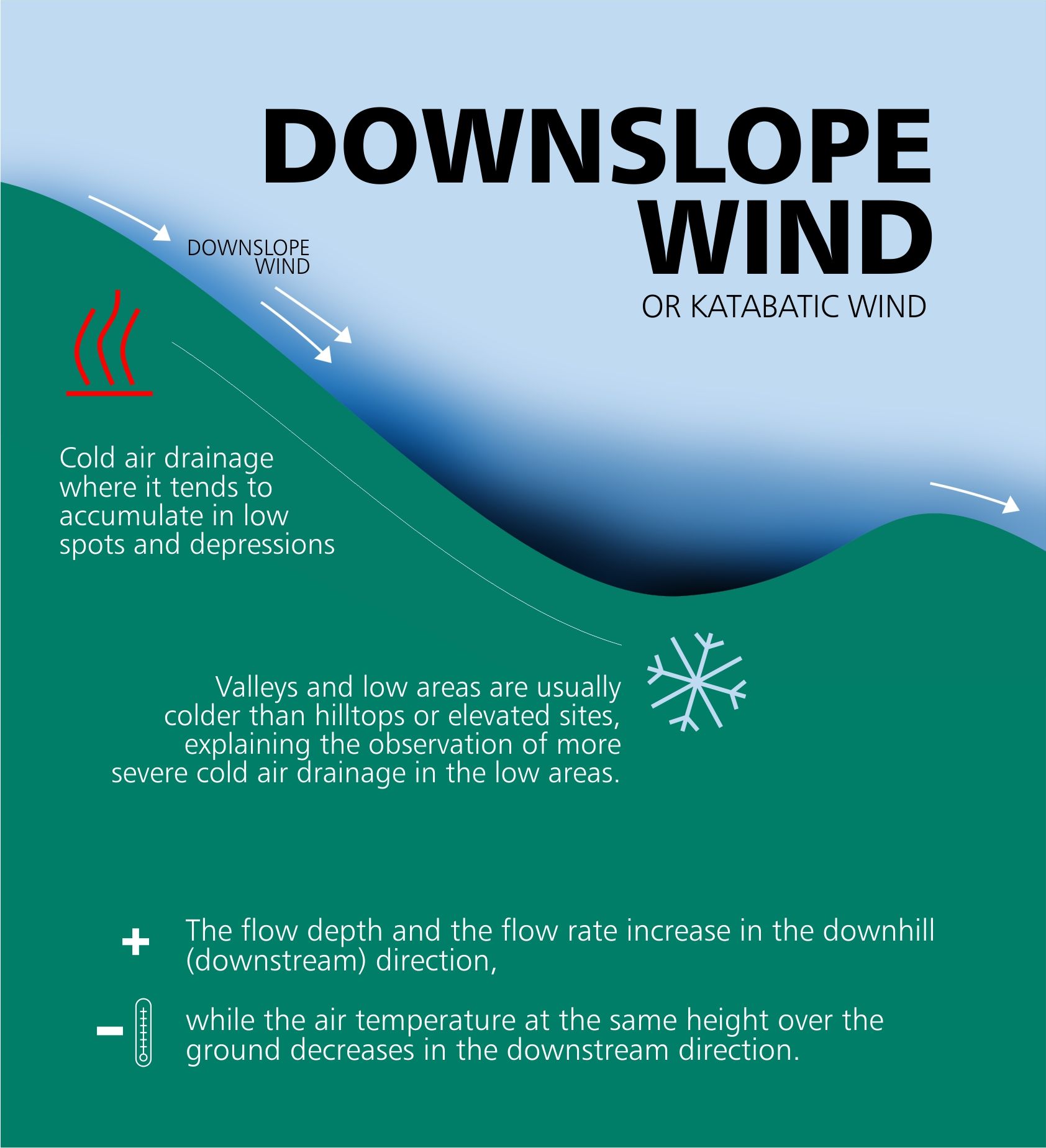Clear, cloudless, nights are conducive to a strong energy loss from the ground and differential cooling of the immediate overlaying air layers due to long-wave radiative transfer.
A surface inversion sets up, air temperature increasing with height, with colder and denser air sitting at the bottom most layers.
This stratified configuration is very stable under calm conditions, lack of breezes.










